Health Risks of Marijuana Use
Health Risks of Marijuana Use
“Turning the impossible into possible”

"Detox from Marijuana at a Luxury Holistic Center in Thailand and Israel"

Health Risks of Marijuana Use
While the long-term public health impact of marijuana legalization is yet to be determined, many experts agree that marijuana use is risky for some people and addictive for others.
"Holistic Center for Trauma, Addiction, and Mental Imbalance Treatment in Thailand"
“Come to the beginning of your journey to freedom from addiction to alcohol, drugs, and pills, and rediscover your life within the serene embrace of DaoTherapy Rehab in Thailand—where holistic healing meets empowering recovery.”
DaoTherapy Holistic Rehab
Key Elements of Marijuana Detox:
Medical Supervision: Marijuana detox must be conducted under medical supervision, as the body may experience withdrawal symptoms. These can include nausea, anxiety, muscle aches, and insomnia. A medical team will monitor and manage these symptoms to ensure the patient’s safety and comfort.
Holistic Therapies:
Holistic Therapies: Many detox programs incorporate holistic therapies such as mindfulness, yoga, and meditation to help individuals cope with stress and anxiety during the detox process. These therapies support the mind-body connection and contribute to overall recovery.
Tapering Process
Tapering Process: Marijuana detox often involves a gradual tapering of the drug to reduce withdrawal severity. Doctors will slowly decrease the dosage over time to allow the body to adjust to lower levels of the substance.
Psychological Support:
Psychological Support: Like any addiction recovery process, detox from Marijuana includes psychological support. This can involve counseling, therapy, or support groups to address the mental and emotional aspects of addiction.
Post-Detox Treatment:
Post-Detox Treatment: After completing detox, continuing treatment is crucial to prevent relapse. This often includes participation in ongoing therapy, group support, and the development of new coping strategies to maintain sobriety.
Health Risks of Marijuana Use
Here are some potential health risks associated with marijuana use:
1. Mental Health Issues
– Anxiety and Paranoia: Marijuana can induce feelings of anxiety, paranoia, or panic, especially with higher doses.
– Depression: Some research suggests that regular use may contribute to depression or exacerbate existing symptoms.
– Psychosis: Marijuana use has been associated with an increased risk of psychotic episodes, especially in individuals predisposed to schizophrenia or other psychiatric disorders.
– Cognitive Impairment: Long-term use, especially when started in adolescence, may impair memory, learning, and attention.
2. Physical Health Risks
– Respiratory Issues: Smoking marijuana can lead to chronic bronchitis, cough, and phlegm production, similar to the risks associated with tobacco smoking.
– Heart Health: Marijuana increases heart rate, which could pose a risk for individuals with heart disease or increased susceptibility to cardiovascular problems.
– Immune System Effects: Some studies indicate marijuana may weaken immune function, although research is still ongoing.
3. Dependence and Addiction
– While marijuana is often perceived as non-addictive, it can lead to dependence, known as **Cannabis Use Disorder (CUD)**. This condition is characterized by a compulsion to use marijuana despite negative consequences.
4. Impaired Motor Skills and Coordination
– Marijuana affects motor skills, coordination, and reaction time, increasing the risk of accidents, especially while driving.
5. Potential for Developmental Risks
– Pregnancy and Fetal Development: Marijuana use during pregnancy has been linked to low birth weight, cognitive and behavioral issues, and developmental delays in children.
6. Effects on Brain Development in Adolescents
– Using marijuana during adolescence can disrupt brain development, potentially leading to long-term effects on memory, learning, and behavior.
7. Cannabinoid Hyperemesis Syndrome (CHS)
– CHS is a condition characterized by chronic nausea, vomiting, and abdominal pain, which may be relieved by hot showers but typically requires medical treatment.
8. Endocrine and Reproductive Effects
– Regular use may affect hormone levels, potentially impacting fertility in both men and women.
These effects vary based on factors like the frequency and method of use, dosage, and individual susceptibility. For a comprehensive understanding and personalized guidance, consulting a healthcare provider is advisable.

contact us
Contact us with your questions
We would love to speak with you! Feel free to reach out with any questions.

get in touch
Schedule a free consultation
Schedule a free consultation with our team and let’s make things happen!
Dependence and Addiction
Dependence and addiction to marijuana, often termed **Cannabis Use Disorder (CUD)**, can develop with regular or long-term use. Here are key points on how marijuana dependence and addiction may manifest:
1. Cannabis Use Disorder (CUD)
– Definition: CUD is a condition characterized by a compulsive desire to use marijuana, even when it causes adverse effects on daily life, relationships, health, or work performance.
– Prevalence: Studies indicate that about 9% of individuals who try marijuana may develop CUD, with the rate increasing for those who begin using in adolescence or use it daily.
2. Tolerance and Dependence
– Tolerance: Regular marijuana users often build a tolerance, meaning they need higher doses to achieve the same effects.
– Dependence: When the brain adapts to regular marijuana intake, it becomes reliant on the substance to function normally. Stopping use can lead to withdrawal symptoms, indicating physical dependence.
3. Withdrawal Symptoms
– Common Symptoms: Symptoms can include irritability, mood changes, sleep disturbances, decreased appetite, cravings, restlessness, and physical discomfort.
– Duration: These symptoms can last for a few days to weeks after stopping marijuana use, depending on the level of dependence.
4. Behavioral Signs of Addiction
– Compulsive Use: Using marijuana more frequently or in larger amounts than intended.
– Difficulty Quitting: Repeated unsuccessful attempts to reduce or quit using marijuana.
– Neglecting Responsibilities: Prioritizing marijuana use over work, school, family, or social responsibilities.
– Loss of Interest in Other Activities: Spending significant time obtaining, using, or recovering from marijuana, often at the expense of hobbies and interests.
– Continued Use Despite Problems: Persisting in marijuana use even when it leads to issues in personal life, mental health, or physical health.
5. Risk Factors for Developing Dependence and Addiction
– Age of First Use: Starting marijuana use in adolescence increases the likelihood of developing dependence, as the adolescent brain is more susceptible to addiction.
– Frequency of Use: Daily or near-daily use significantly raises the risk of CUD.
– Mental Health Conditions: Those with mental health disorders, such as anxiety, depression, or a history of trauma, may be more prone to marijuana dependence.
6. Treatment Options
– Behavioral Therapies: Cognitive Behavioral Therapy (CBT) and motivational interviewing are effective approaches to help individuals manage triggers, build coping strategies, and reduce or quit marijuana use.
– Support Groups: Programs such as Marijuana Anonymous (MA) and Narcotics Anonymous (NA) offer peer support and a structured approach to overcoming addiction.
– Medication: While no specific medications are approved for marijuana addiction, some medications may be used to manage withdrawal symptoms or co-occurring mental health issues.
Understanding these aspects of marijuana dependence and addiction can help identify problematic use patterns early and seek effective treatment options for recovery.
Withdrawal Symptoms
Withdrawal symptoms from marijuana, known as **Cannabis Withdrawal Syndrome**, can vary in intensity and duration, depending on factors like the level of dependence, frequency of use, and individual physiology. Here are common symptoms and insights into the withdrawal process:
1. Irritability and Mood Changes
– Description: Many experience heightened irritability, mood swings, and feelings of anger or frustration.
– Duration: These mood-related symptoms are typically strongest in the first week after stopping marijuana and can persist for a few weeks.
2. Sleep Disturbances
– Insomnia: Difficulty falling asleep or staying asleep is common.
– Vivid Dreams and Nightmares: Many experience unusually vivid or disturbing dreams, which can disrupt sleep.
– Duration: Sleep issues often peak within the first week of withdrawal and may last for several weeks, although vivid dreams can persist longer.
3. Decreased Appetite and Weight Loss
– Description: A temporary reduction in appetite is common, which may lead to mild weight loss.
– Duration: Appetite usually returns to normal within a few weeks.
4. Anxiety and Restlessness
– Description: Anxiety, nervousness, and a general sense of restlessness are common during withdrawal.
– Duration: These symptoms often decrease within the first week but can linger for several weeks.
5. Physical Discomfort
– Headaches and Sweating: Some may experience headaches, muscle tension, and night sweats.
– Chills and Stomach Discomfort: Symptoms like chills and nausea are less common but can occur.
– Duration: Physical symptoms usually peak in the first few days and subside within a week.
6. Fatigue and Difficulty Concentrating
– Fatigue: Feeling unusually tired or low on energy is common, often due to poor sleep.
– Difficulty Concentrating: Some experience “brain fog” or difficulty focusing on tasks.
– Duration: These symptoms tend to improve as sleep and mood stabilize, often within a couple of weeks.
7. Cravings for Marijuana
– Description: Intense cravings can be a significant part of withdrawal, especially in situations associated with previous use.
– Duration: Cravings may persist for several weeks or even months, depending on the individual.
Timeline of Withdrawal Symptoms
– First 24–72 Hours: Irritability, anxiety, insomnia, and restlessness begin to peak.
– First Week: Most physical symptoms, such as appetite loss, sleep disturbances, and mood swings, are at their highest intensity.
– Second Week: Symptoms start to decline, though cravings, mild anxiety, and sleep disturbances may continue.
– One Month and Beyond: Most symptoms resolve, but psychological symptoms like cravings can last longer, depending on individual susceptibility and lifestyle factors.
Coping Strategies
– Exercise and Healthy Diet: Physical activity and balanced nutrition can help manage stress, improve mood, and regulate sleep.
– Mindfulness and Relaxation Techniques: Meditation, deep breathing, and yoga may reduce anxiety and promote calmness.
– Support Networks: Engaging with a support group, therapist, or counselor can provide motivation and tools to manage cravings and withdrawal symptoms.
– Establishing New Routines: Creating new, fulfilling habits can reduce reliance on marijuana and support overall well-being.
Withdrawal symptoms can be challenging, but with support and coping strategies, recovery is possible.







